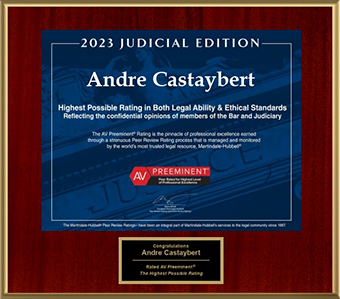Garden Leave Provisions in Employment Agreements: An Alternative to Non-Competes
January 16, 2024
Traditional non-compete agreements have faced increased judicial scrutiny, and several states have passed laws restricting their use. Some states have banned non-competes for low-wage workers. Others have limited them for specific categories such as technology and healthcare professionals. In response, employers may want to consider using garden leave provisions as an alternative to non-competes.
Differences between Garden Leave and Non-Compete Provisions
Under typical notice provisions, employees actively work during their notice period. By contrast, under garden leave provisions, employees are relieved of their duties and responsibilities during their notice period. So employees on garden leave remain employed and are paid a salary, and therefore, continue to owe a duty of loyalty to their employer. This prevents them from working for a competitor during the garden leave period. In this way, the garden leave functions like a traditional non-compete but is challenged less often than non-competes.
During the garden leave period, the employer generally can:
- Remove employees from their active duties.
- Exclude employees from the workplace.
- Prevent employees from contacting staff and customers or clients.
- Limit or cut off access to the employer’s computer systems, email and other documents, and information.
Benefits and Drawbacks of Garden Leave
Advantages of garden leave include a higher likelihood of enforcement due to shorter and paid durations. Garden leave also protects employers by extending the duty of loyalty throughout the garden leave period and allowing smoother transitions in client relationships. Drawbacks include the cost of paying non-working employees, shorter durations compared to non-competes (usually 30 to 90 days while typical non-compete periods last 6 to 18 months), and potential logistical issues regarding electronic access if the employee must perform transitional duties. Some courts are also reluctant to enforce garden leave provisions because doing so would require the court to order employees to continue an at-will employment relationship against their will.
Drafting Considerations for Employers That Want To Use Garden Leave Provisions
To maximize the employer’s protections and increase the likelihood of enforcement, when drafting garden leave provisions, employers should:
- Require signed agreements and ensure the employee’s clear acknowledgment of the provision.
- Identify covered employees. Garden leave provisions are generally not used for low-level employees but may be useful for employees with substantial access to trade secrets and other confidential information, and sales or other employees responsible for developing relationships with clients.
- Define garden leave period. Periods of 90 days or less are the most common, but some can last up to six months. Garden leave periods for much longer than that are more likely to be challenged, especially in non-negotiated agreements. The most important factor to determine the garden leave period is the protectable interests at stake. Employers should consider (1) the nature of the employee’s position and (2) the particular concerns associated with the position. Employers may have incrementally longer garden leave periods for employees with greater responsibility.
- Determine employee compensation during the garden leave period, ensuring regular salary and benefits at a minimum.
- Reserve employer’s right to exclude employees from the workplace and restrict access.
- Explicitly reserve employer’s discretion to waive or modify garden leave restrictions in writing.
- Consider combining garden leave with non-compete and non-solicitation provisions for added enforcement avenues.
To read how Castaybert PLLC can assist you with employment law matters, click here.









